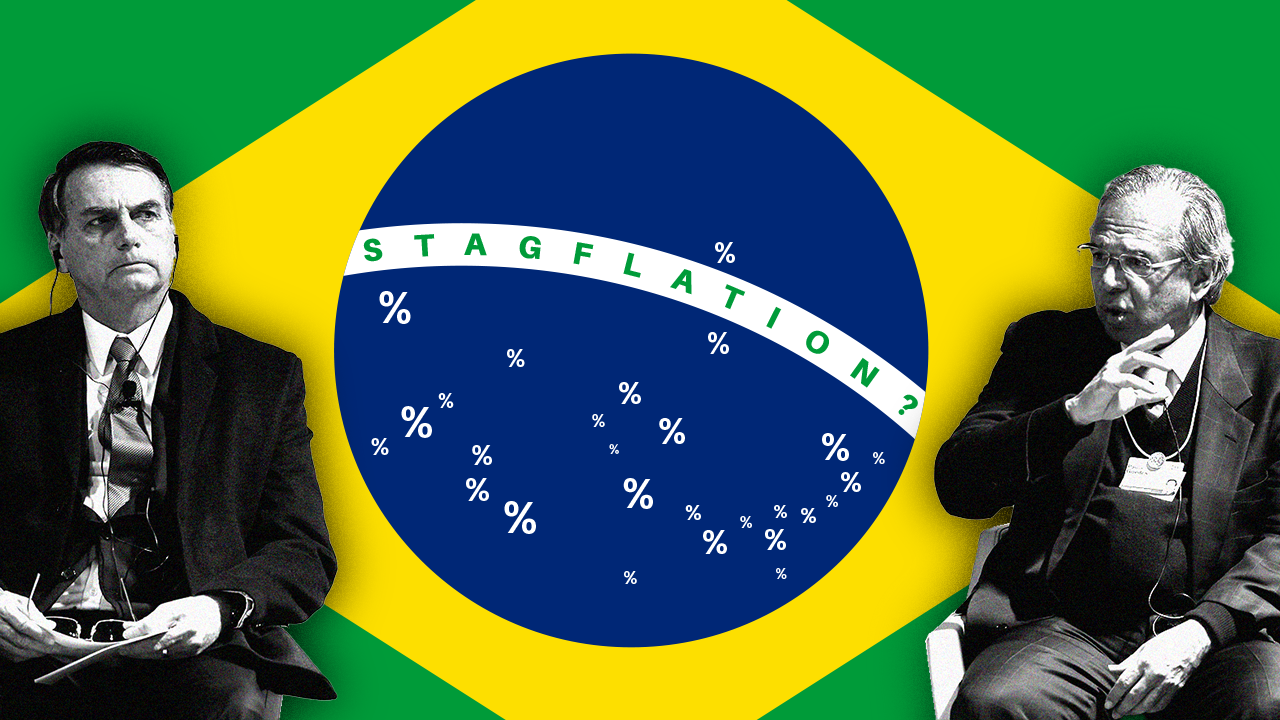This Wednesday, Brazil’s Central Bank bumped the Selic benchmark interest rate by another percentage point, pushing it to 6.25 percent a year. However, there are concerns that this latest move will be unable to tame inflation or stop Brazil from slipping into the worst possible economic scenario: stagflation.
A portmanteau of stagnation and inflation, “stagflation” is feared by economists around the world, being characterized by a sluggish economy in which prices don’t stop rising.
With a combination of political and energy crises, analysts in Brazil believe that, even if the country is not in stagflation yet, it will be near impossible to avoid.
“In recent weeks there has been significant volatility in the financial markets due to the worsening of the institutional crisis. The scenario denotes the combination of economic and political factors with social concerns,” says Antônio Corrêa de Lacerda, president of the federal economic council Cofecon, speaking to The Brazilian Report.
“Inflationary pressure is compounded by the low level of activity, a deteriorated labor market, rising levels of poverty, and food insecurity, as well as the potential effects of the water and energy crises,” he adds.
Regarding inflation, consumer prices in Brazil measured by the IPCA index shot up 0.87 percent in August — the highest inflation for the month on record. This took 12-month inflation to...


 Search
Search






































